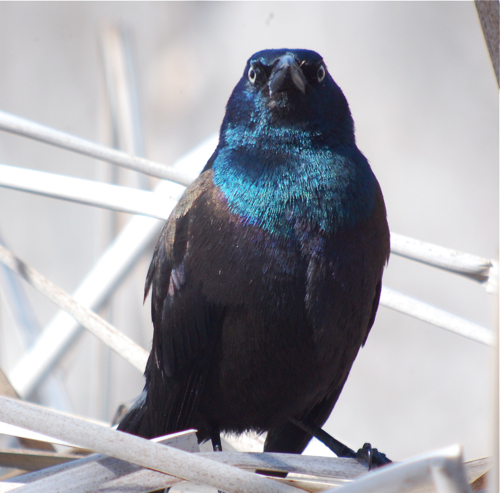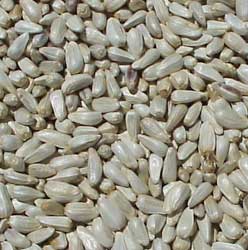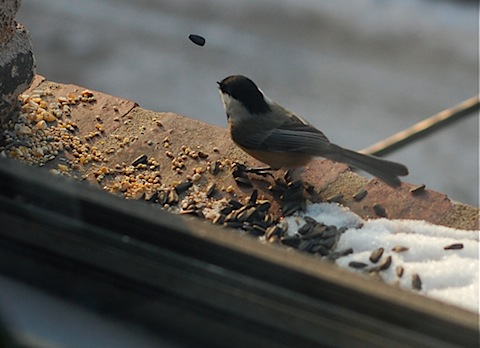We got a wee bit of snow. We're still trying to dig out of it. After watching the feeding frenzy at Neil's on Friday, I felt certain that the weather folks were "for serious" when they reported one to two feet of snow was eminent the next day.

Saturday morning I woke up to seven inches of snow, with more falling. I would fill out my window feeders, only to have snow block the food ports ten minutes later. It reminded me of the time in 2006 when Cinnamon and I were stranded in a blizzard after the Sandhill Crane festival in Nebraska. At least this time we were home and not trying to entertain ourselves in a hotel room with nothing but an Irish/Mexican restaurant to feed us.

Non Birding Bill and I spent half the day moving cars before the Snow Emergency kicked in (for those who don't live in the Twin Cities, local communities declare a snow emergency and you have to pay attention to the parking rules or one of three things happen to you: you get ticketed, towed or plowed in). Above is a car entombed in a snow bank, the plows hadn't even gotten to this street yet, if they didn't get it out soon, they'd be plowed in and stuck for some time.

Our little car was blocked by a snow bank too, but between the two of us and a shovel, we got the Stiteler Mobile out. We even helped shovel the ally when one of our neighbors was stuck and she needed to get to a wedding.

Ah, this is the spirit of our neighborhood--take to the streets with your cross country ski gear when a blizzard hits! The side walks were totally impassable on Saturday. The only way to get anywhere was in the street, either walking or on skis.

Since we were spending show much energy moving cars, we spent the other half of the day eating. While I was bottling up honey on Friday, NBB was gathering supplies for survival during Snowmaggedon which included alcohol infused whipped cream. As tasty as this is on hot chocolate and an Irish Coffee, I find the warnings about not refridgerating it--even after opening, a little disturbing. What kind of cream are they using in there anyway?
And so we kept tabs on the news and learned of various highways closing, theater performances canceling, bus service was halted and even snow plow drivers were taken off the road because they were getting stuck. Some local bars sent out messages on Twitter that if you could walk to them, they would buy you your first drink. We met up with one of our neighbors at Moto-i for drinks and some appetizers marveling at how crazy it was to walk around a city almost completely shut down. Minneapolis usually is on the ball when it comes to snow removal, but getting 17 0 21 inches (depending on where you lived) was too much. And there are only so many places the city can put the snow.
We went to bed and when we awoke the next day, we got the news that the snow was so heavy, the Metrodome (home to the Vikings) collapsed. For my family who has not seen the video footage--here it is:
[youtube]http://www.youtube.com/watch?v=kh5iE5FA84g&feature=player_embedded[/youtube]
Holy crap!
I was supposed to work at the park service on Sunday morning, but learned that we would be opening three hours late. That game me plenty of time to dig out our car and help others in my neighborhood. When I eventually could drive to work, it was no picnic. It was about as much fun as getting a TSA pat down from Barney the Dinosaur. During the storm, the temps were in the 20s. After it finished, it plummeted to below zero, rendering most of the snow melting techniques used by the salt/sand trucks ineffective. It looked as though none of the streets had been visited by a plow in the last 24 hours.

This poor car owner that did not heed the Snow Emergency rules was so boned. Blocked by a snow drift one one side and plowed in completely on the other side. There is probably a parking ticket attached to the car windshield beneath the snow. The only reason this car did not get towed was that the tow drivers saw that it was too packed in with snow to be worth the bother.

The roads were so narrow from all the snow, that often only one car could fit. Everyone was trying to move their cars at once before a new set of Snow Emergency parking rules were about to take effect. If you were walking the streets with a shovel, hungover hipsters would accost you, "Dude, can you help me dig out?"
They stood before you in their pajamas in the -3 degree F temperature with their sad ice scrapers trying to dig out their no-wheel drive cars--how could you say no? Actually, that's one of the things I love about where I live. If you are out about after a hard snow and you see someone struggling with their car, you help--no questions asked. That's just what you do. One poor dope was stuck in the middle of the street. Four of us tried pushing his car but could not get it to budge more than six inches at a time. His wheels spun hopelessly in the snow while he was blocking traffic both ways. Finally, I decided to use my little Kia to push him to a street with less snow (that's what bumpers are for, right?). That did the trick and he was on his way to safer parking ground.

Not even bicycles were immune to the fury of the snow plows. Believe it or not, quite a few people ride continue to ride their bikes in winter up here. NBB and I saw a couple during the blizzard and a few on Sunday. I hope the person who owns this bike gets it out soon. The below zero temps will soon turn the snow banks into rock solid slabs of ice.

I marveled at all the robins in my neighborhood. We saw quite a few watching the birds at my feeding station during the storm, but none of them came to the window. We have quite a few hackberry trees loaded with fruit and that appears to be a big source of food for them this year. Still, even though the robins we see in winter are from Canada, I wonder if they wished they could go further south?

Here it is the third day after the storm and life is not completely back to normal. I realized with a grin that it's still technically Autumn and we haven't had the Winter Solstice yet. I do enjoy the snow and that's one of the reasons I chose to live here, but it will be interesting to see how this winter plays out.


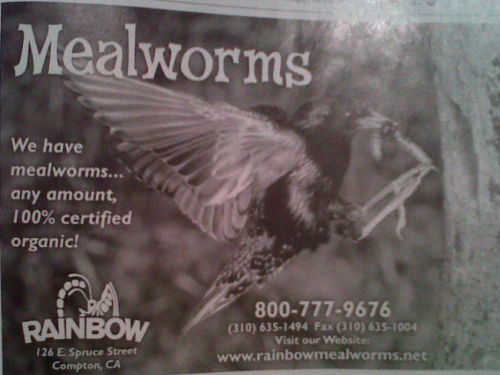










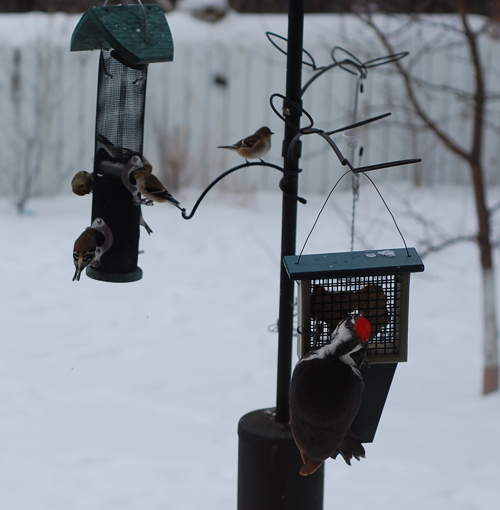 In case you have not heard, we're buried under an old school blizzard dumping up here. The local weather folk were predicting with barely restrained glee the potential for a massive storm. And though many of us have heard in the Twin Cities that we could get 1 - 2 feet of snow, many of us eyed this impending Snowmaggedon with skepticism. It often amounts to only a few inches. But to to be safe, I head out to Neil's for some last minute honey bottling finished--I need to get some together to mail to family for the holidays. I generally use birds at the feeder as an indication if the weather predictions are true. On Friday all feathers pointed to us getting seriously slammed on Saturday. The goldfinches were draining the thistle feeder and even the pileated woodpecker chowed down on the suet feeder closest to the window.
In case you have not heard, we're buried under an old school blizzard dumping up here. The local weather folk were predicting with barely restrained glee the potential for a massive storm. And though many of us have heard in the Twin Cities that we could get 1 - 2 feet of snow, many of us eyed this impending Snowmaggedon with skepticism. It often amounts to only a few inches. But to to be safe, I head out to Neil's for some last minute honey bottling finished--I need to get some together to mail to family for the holidays. I generally use birds at the feeder as an indication if the weather predictions are true. On Friday all feathers pointed to us getting seriously slammed on Saturday. The goldfinches were draining the thistle feeder and even the pileated woodpecker chowed down on the suet feeder closest to the window.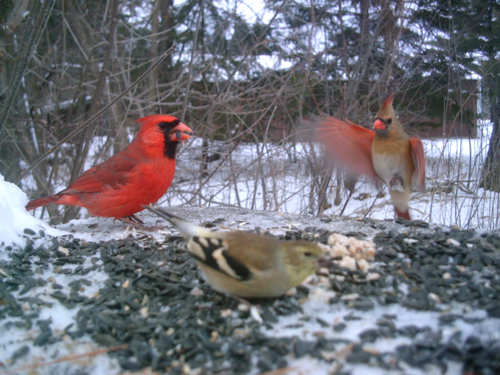
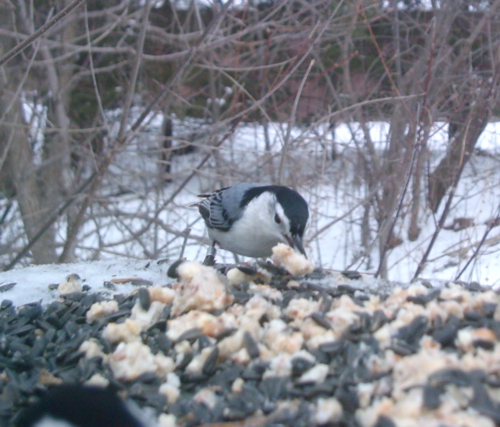
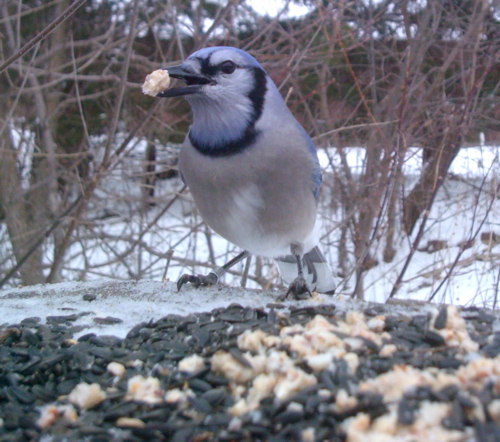
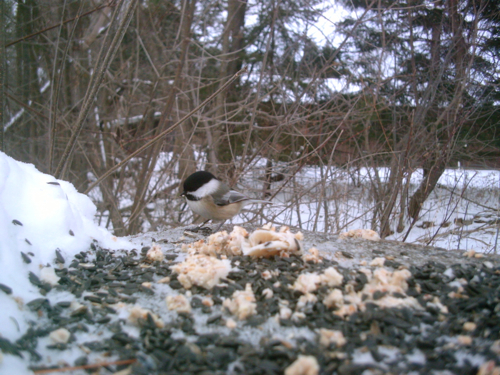
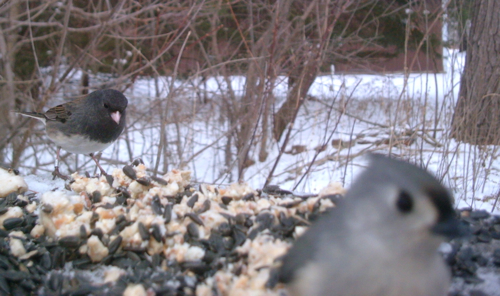
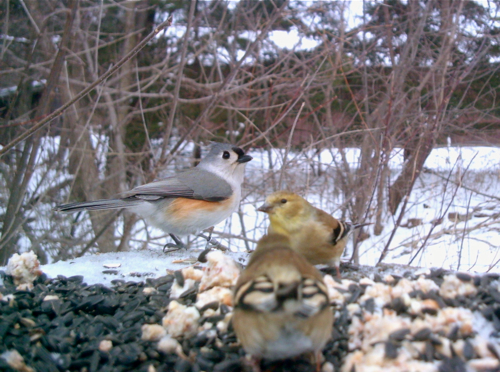
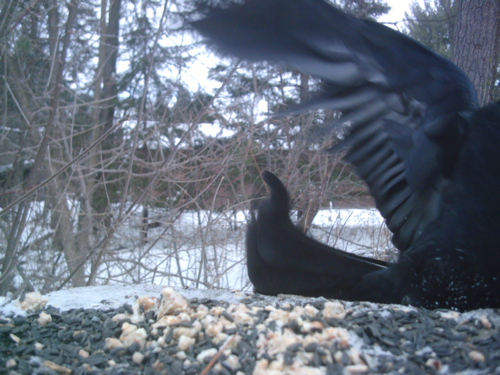
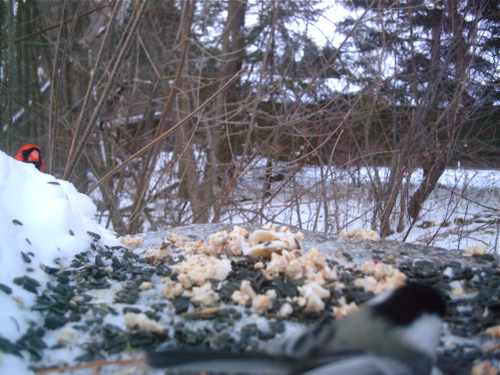
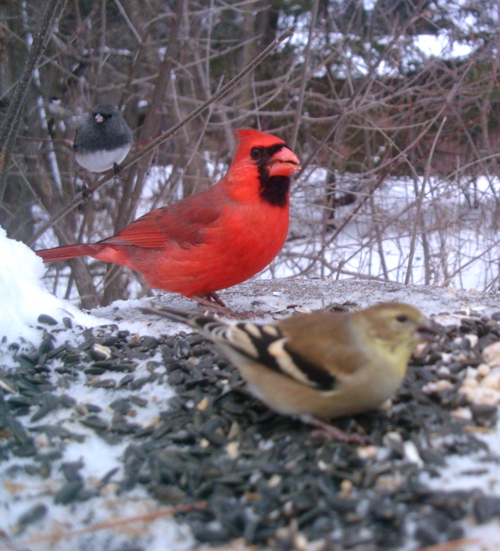
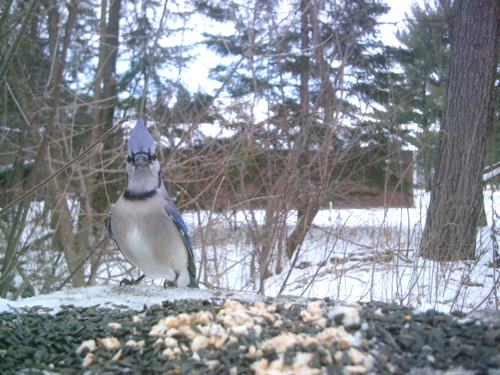
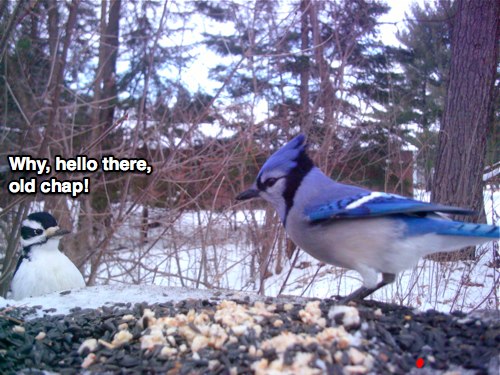
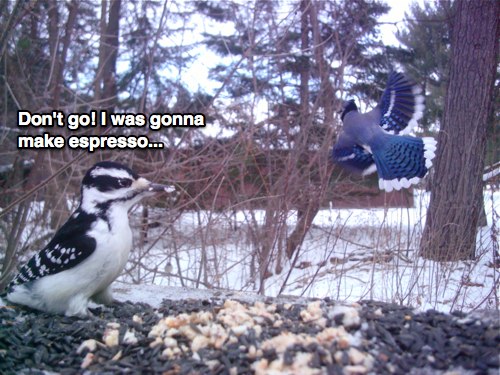
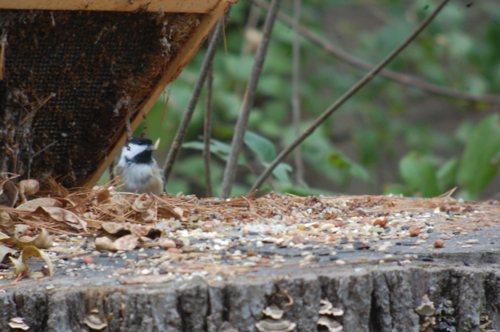
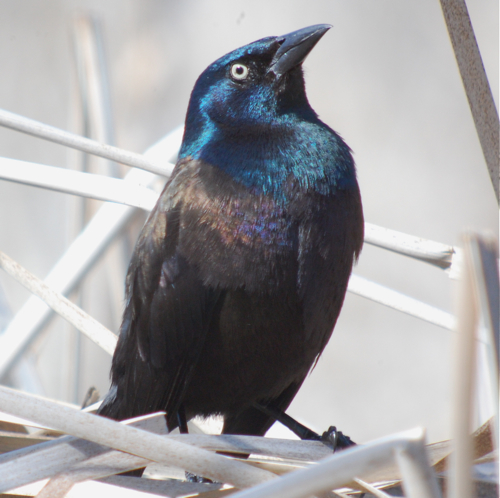 It's that special time of year when migration is in the early stages and any sign of spring is a welcome sign--even the first few small flocks of common grackles like the one above. They really are a pretty bird in the right light. But soon, grackles will be driving people who feed birds a little crazy. They big dark birds fly in with their ravenous appetites and large flock numbers during migration and need the extra fuel to make it to their breeding grounds. Those who have enjoyed chickadees, cardinals and titmice all winter will find the feeders crowded with these aggressive blackbirds. Once insects are out in full force, grackles will go for those, but in the meantime they can be a bit irritating as they crowd out some of the smaller birds. When I worked at the bird feed store, grackles were welcome because that always meant a bump in seed sales because the grackles eat so much.
It's that special time of year when migration is in the early stages and any sign of spring is a welcome sign--even the first few small flocks of common grackles like the one above. They really are a pretty bird in the right light. But soon, grackles will be driving people who feed birds a little crazy. They big dark birds fly in with their ravenous appetites and large flock numbers during migration and need the extra fuel to make it to their breeding grounds. Those who have enjoyed chickadees, cardinals and titmice all winter will find the feeders crowded with these aggressive blackbirds. Once insects are out in full force, grackles will go for those, but in the meantime they can be a bit irritating as they crowd out some of the smaller birds. When I worked at the bird feed store, grackles were welcome because that always meant a bump in seed sales because the grackles eat so much.